Catalyst: California Series Sketches Blueprint for Drought Response
Strategies must bridge political jurisdictions and reflect local water conditions.
By Brett Walton
Circle of Blue
Adapting 21st-century society to an era of water scarcity requires an all-hands, all-strategies approach that rewrites outdated laws and policies, boosts local water supplies, maintains or restores ecosystem health, and invests in practices and technologies that increase the productivity of each drop of water, according to experts who participated in the Catalyst: California series of interactive town halls hosted by Circle of Blue and Maestro Conference.
Held over three weeks in August, the Catalyst calls connected public officials, regulators, scientists, farm advocates, and private sector representatives with more than 550 colleagues and members of the public who registered for the three-part series.
–Felicia Marcus, chair
State Water Resources Control Board
What emerged from the series is a blueprint for achieving water security in the 21st century, when scarcity — because of a growing population and changing climate conditions — will become an inevitable hurdle for maintaining economic competitiveness and social well-being, from Los Angeles to Lahore.
On the first call, an expert panel discussed how California regulators and officials are responding in real-time to the state’s drought emergency. The second call evaluated actions — from storing rainwater to updating Gold Rush-era water laws — that will help the nation’s most populous state withstand the changes in water availability from a diminishing snowpack, erratic rainfall, and higher temperatures. The third call, broadcast from World Water Week, in Stockholm, drew lessons from California’s drought experience that could be applied to other dry regions.
The first step in a response, argued Junaid Ahmad, director of the World Bank Group’s Water Global Practice, is to understand basic but often overlooked management principles. Authorities must know who controls water, how much they are allowed to use, and how much they are actually using.
“The one thing that I have learned in working on water for the last 20 years is we often don’t ask the question: ‘Who holds the political power over water?’” Ahmad said. “Because I think the ability to deal with droughts or floods always depends on who are really the political masters of water.”
This question is not easily answered, even in rich democracies with a long history of water law. Power is often distributed among many local, state, and federal agencies, as well as individuals. Felicia Marcus, chair of California’s State Water Resources Control Board, the agency in charge of the water rights system, said that only in the last few years have lawmakers given the water board the money and staff that are necessary to catalog and enforce the legal claims to water.
The second step is to form a large coalition of reformers, who can bridge the fragmented political authority over water. Water management in the 20th century was segregated by jurisdictions and agencies. Sewage treatment, drinking water supply, land-use planning: all are related but all were traditionally performed by separate departments.
“Unless we can manage water in a more integrated fashion, we’re not going to manage water sustainably,” said Peter Gleick, president of the Pacific Institute, a research group based in Oakland.
Third, cities, farms, and industries must invest in a new collection of technologies and practices. Panelists on each call touted the benefits of conservation, reuse, and increasing water storage.
Marcus said that part of California’s drought response is to “accelerate those actions that we know we have to do anyway in the face of climate change.” The water board in 2014, for example, provided more than $US 800 million in low-interest loans for water recycling projects.
Several panelists noted that financing the transition to water-efficient infrastructure is a challenge and that governments must change the economic incentives to conserve and invest in water, such as by increasing the price, which, in most cases, does not reflect water’s scarcity.
These trends are converging in Los Angeles, a city at the forefront of the urban water transformation. Mayor Eric Garcetti pledged in April that L.A. will get half its water from local groundwater basins, reuse, and stormwater by 2035. The city of 4 million will cut reliance on the energy-intensive transport, via canals and pumping stations, of melted snow from northern California.
Though the drought has opened a window for action, these changes often do not happen quickly, Gleick said. Many of the panelists agreed that there is a “water literacy challenge” and that communication with the public — about the safety of recycled water, the importance of new investments, or the value of reliable water — is essential for clinching the support needed for such deep-rooted transitions.
Above all, do not delay preparations, cautioned Marcus, who learned from Australia’s decade-long drought in the 2000s that deferring difficult decisions is no way to govern.
“Hope is definitely not a strategy,” she said.
Key Quotes from Catalyst: California
- “The challenge for California is the same for so much in the world, which is: really trying to figure out how to meet the food and water and energy needs of this growing population and sustain a vibrant economy without going even deeper into water debt and sacrificing the health of freshwater ecosystems further.” — Sandra Postel, director of the Global Water Policy Project
- “It takes a long time, it takes a long, intensive drought for people to really start to change what they traditionally do.” — Peter Gleick, president of the Pacific Institute
- “The one thing that I have learned in working on water for the last 20 years is we often don’t ask the question: ‘Who holds the political power over water?’ Because I think the ability to deal with droughts or floods always depends on who are really the political masters of water. And that makes water one of the most difficult commodities to manage because unlike most goods you can’t exactly say whether water is a public good, a private good, a political good or a social good and for me what that confusion really means is that property rights over water are not clear. And the moment property rights are not clear you’re not going to get an easy resolution of droughts and floods.” — Junaid Ahmad, director of World Bank Water Global Practice
- “We tend to think that a global international agreement will provide the solution for the water management problems but as [Torgny Holmgren, executive director of the Stockholm International Water Institute] rightly pointed out, water is a local issue and the solution to the water problems are local and regional.” — Ben Braga, president of the World Water Council
Brett writes about agriculture, energy, infrastructure, and the politics and economics of water in the United States. He also writes the Federal Water Tap, Circle of Blue’s weekly digest of U.S. government water news. He is the winner of two Society of Environmental Journalists reporting awards, one of the top honors in American environmental journalism: first place for explanatory reporting for a series on septic system pollution in the United States(2016) and third place for beat reporting in a small market (2014). He received the Sierra Club’s Distinguished Service Award in 2018. Brett lives in Seattle, where he hikes the mountains and bakes pies. Contact Brett Walton

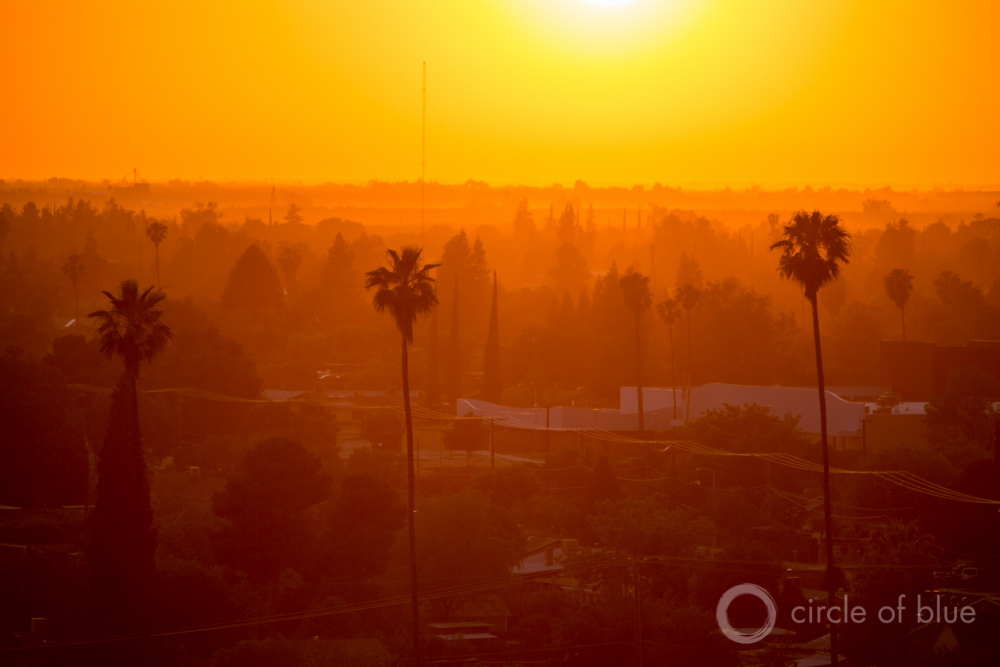
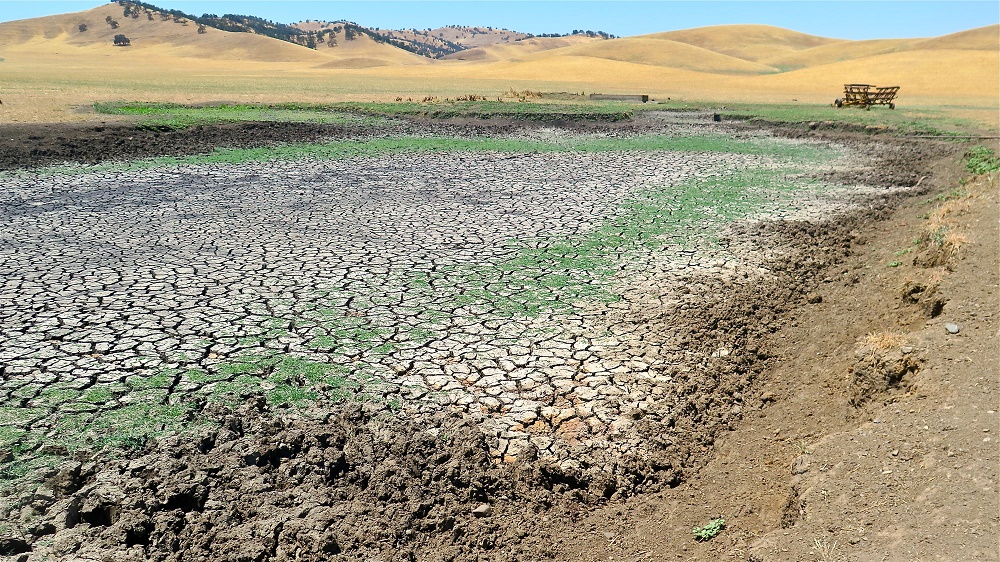

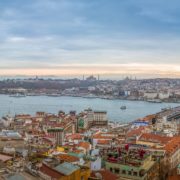
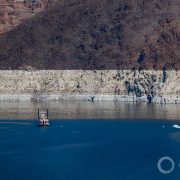

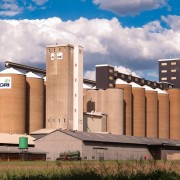


Glad to hear mention of the need for new technologies, which, in water, tend to be older than the alphabet. The sum total of federal R&D here seems to consist of a $1.4 MM RFP by the Burea of Reclamation, and, that with strings, 50% matching funds required, except for “universities”. That leaves out a LOT of the “universe”, and, in any case, is truly pathetic.